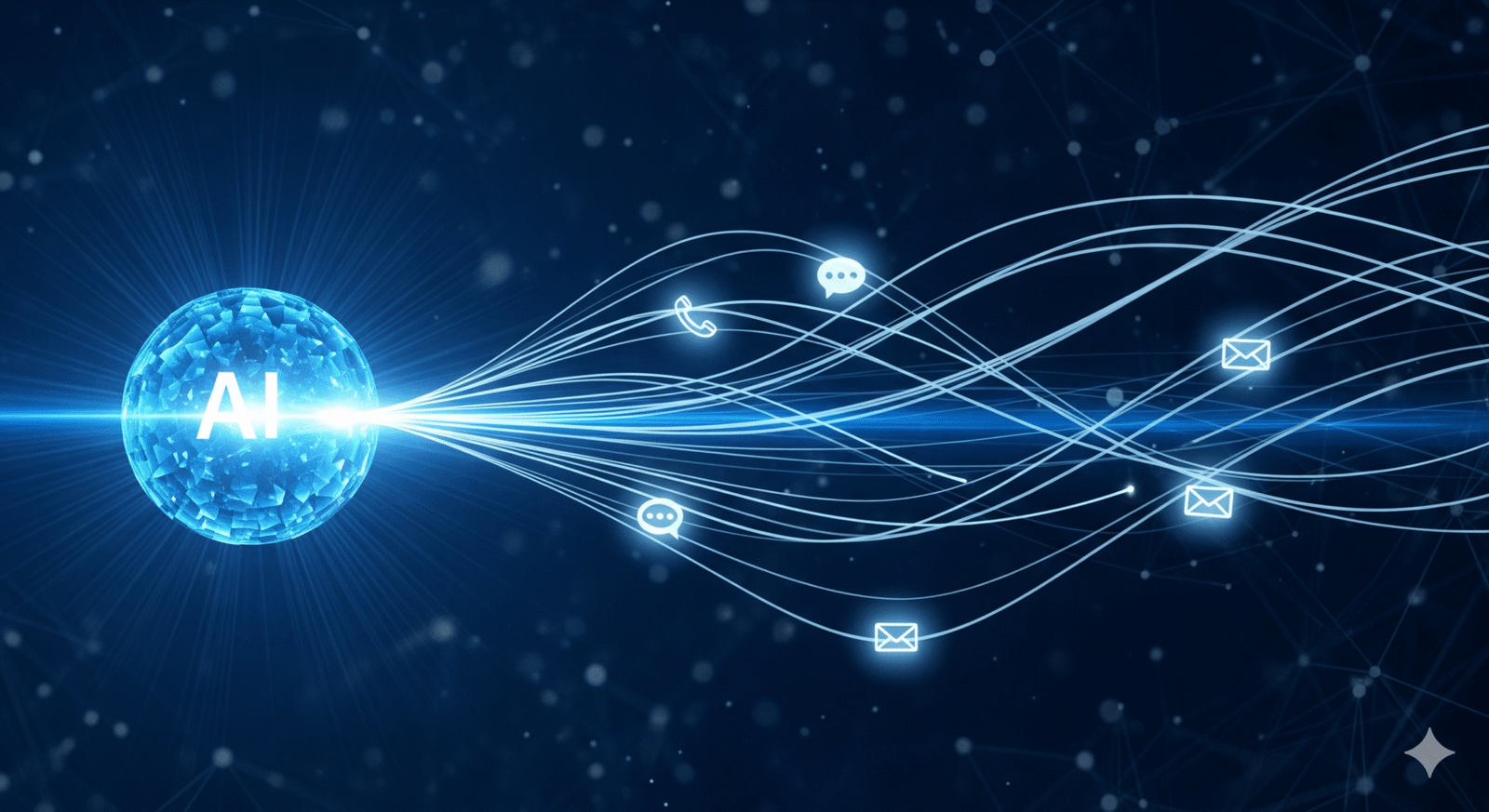Exploring how continuous learning enables AI to stay relevant in dynamic industries and evolving markets
In the startup ecosystem, yesterday’s breakthrough is tomorrow’s obsolescence. This truth is magnified in the AI industry, where models that don’t evolve face model drift—a steady decay in accuracy and relevance as the real world shifts faster than their training data. For an intelligence platform like Aifeed.fyi, built on delivering current, high-signal news, this is the ultimate technical challenge.
The founder of Aifeed.fyi has addressed this head-on by designing the entire system around the principle of the AI Continuous Learning loop. Their core mission is to create a perpetual motion machine of relevance: an intelligent agent that learns from every interaction, adapts to every market change, and ensures the intelligence it delivers today is more precise than the intelligence it delivered yesterday. This strategic focus is the secret to Aifeed.fyi’s enduring value.
H2: The Technical Challenge: Beating the Decay of Relevance
The founder recognized that building a great Language Model (LLM) is only the beginning. The longevity of an AI product depends entirely on its ability to sustain its value proposition in a dynamically changing environment—from volatile angel investing trends to rapid shifts in deep tech innovation.
H3: The Anatomy of a Perpetual Relevance Machine
Aifeed.fyi’s continuous learning loop is implemented through a multi-stage architecture that closes the gap between raw data and refined insight:
- Real-Time Data Ingestion and Validation: The system constantly streams and processes new content, but critically, it validates that new data against established, verified entities. This prevents the immediate absorption of misinformation, a core component of AI ethics in business.
- The Implicit Feedback Engine: Beyond explicit “thumbs up/down” ratings, the AI tracks implicit user behavior: which summaries are opened and acted upon, which topics are ignored, and which sources lead to deeper engagement. This subtle, nuanced data is the founder mindset translated into algorithmic training data.
- Incremental Model Refinement: Instead of costly, disruptive full model retraining, Aifeed.fyi uses incremental learning to integrate new knowledge immediately. This small, frequent fine-tuning ensures the intelligence remains hyper-relevant to current market dynamics—a necessity for tracking fluid events like startup funding India deal flows.
- Drift Detection and Alerting: The system proactively monitors its own performance. If the accuracy of a particular category (e.g., biotech regulatory news) begins to degrade, the AI alerts the engineering team to deploy targeted data sets for reinforcement, correcting model drift before the user even notices a dip in quality.
H2: Strategic Advantage: Making the AI Better Than Its Last Answer
For entrepreneurs, this dedication to continuous learning translates directly into an Adaptive Advantage. It provides a level of certainty that static or generic tools simply cannot match, supporting B2B SaaS Growth Strategies built on retention and indispensable service.
H3: Key Takeaways for Innovation and Longevity
- AI is a Relationship, Not a Transaction: For founders, treat your AI not as a static tool, but as a long-term partner whose learning curve must be managed. Every user interaction is an opportunity to improve the intelligence core, increasing the product’s inherent value over time.
- Monetize Evolving Intelligence: The model’s continuous improvement—the fact that it gets smarter every day—is a strong argument for high recurring revenue. Position AI Continuous Learning as a guaranteed feature of your service that users cannot replicate with one-off tools.
- Encourage Feedback Loops (Internal and External): Create systematic ways to capture both user ratings (external feedback) and internal analyst validation (human oversight). These dual feedback loops are essential for achieving double-loop learning—solving a problem and fixing the underlying systemic cause simultaneously.
- Embrace Complexity for Future Scale: Building an adaptive system is harder and slower initially, but it creates a powerful, high-barrier competitive moat. The platform’s ability to handle evolving user preferences and fluid information streams is the key to sustainable entrepreneurship and long-term relevance.
The founder of Aifeed.fyi is demonstrating that the future of successful AI companies belongs to those who design for continuous, adaptive evolution, ensuring their systems are always current, always correct, and always aligned with the rapidly changing needs of the end-user.
Are you a startup founder or innovator with a story to tell? We want to hear from you! Submit Your Startup to be featured on Taalk.com.








